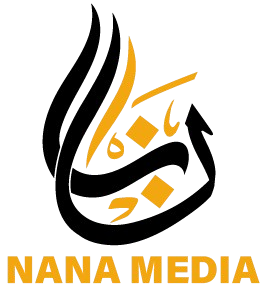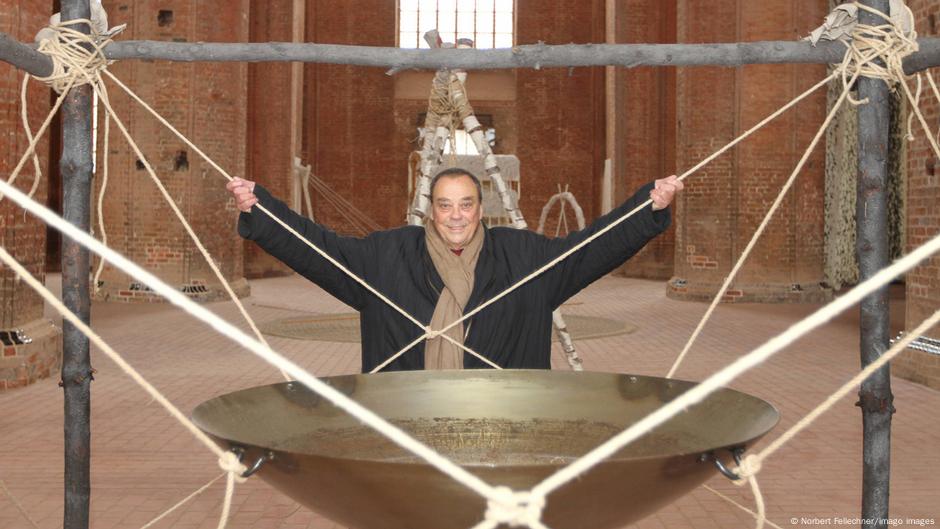Introduction to Günther Uecker’s Art
Thousands of completely normal nails, each drove into a wooden board covered with linen. Some straight, some weird, but nobody hammered all the way. Sewing machines, chairs, turntables and Grand pianos have also worn the main load of these small steel waves. The artist Günther Uecker, who died on June 10 at the age of 95, became famous in Germany and beyond his nail reliefs.
The Craft of Simple Physical Work
Hardly any other artist has devoted his work equally to the craft of simple physical work. Even in recent years of his life, he still hammered nails in scenes and objects with strength and precision. Günther Uecker created reliefs, which he referred to as "nail fields". The works achieve their full effect in the game of light and shadow.
A Life of War and Peace
Günther Uecker was born on March 13, 1930, in the city of Wendorf near Scherin in northeastern Germany and climbed the doors and windows of his family home at the age of 15 to protect his mother and sister at the end of the war. It was the beginning of lifelong occupation with hammers and nails. After the Second World War, he studied image art in Wismar from 1949 to 1953, then in East Germany. In 1955 he fled to West Berlin and finally found himself at the Art Academy in Düsseldorf and studied from 1955 to 1957 under Professor Otto Pankok.
The Zero Movement
During his studies, he met the artists Heinz Mack and Otto Piene and joined her artist’s conglomerate in 1961. Together they represented a "zero lesson" of art, which was untouched by the horrors of the Second World War and marked a new beginning in art history. The avant-garde artist group made waves far beyond Germany and its time. Zero’s ideas have undergone a renaissance in the new millennium, with zero retrospectives regularly taking place worldwide since 2004.
Timeless Art
As early as 1966, nobody could have anticipated the future popularity of the group. It soon dissolved and the artists went their separate ways. In the meantime, Günther Uecker’s abstract art has been shown in over 60 countries and often regarded as pioneering work. In 2012 he was the first western artist to be exhibited in the Iranian capital Tehran since the 1979 revolution. In 2007 there was an exhibition in Beijing, which was originally planned for 1994.
Humanistic Artistic Ideals
Günther Uecker’s art is understood and valued worldwide and in a wide variety of cultures. When asked what it does so universal, Uecker once voluntarily reported his own explanation: "I am often told that the character that can be seen in my work touches people’s feelings." His work "Letter to Beijing" is not the only work in which Uecker addressed human rights violations. In "Frellzungsschworte" (words that hurt) that have been exhibited in different cities in the world since 1993, 60 words such as "hing", "contempt" and "walking", which describe physical and psychological abuse, are translated into local languages and laboriously added by Uecker to the artwork.

